10 Unforgettable Love Stories That Lived Beyond The Pages Of History |
||
| 10 | 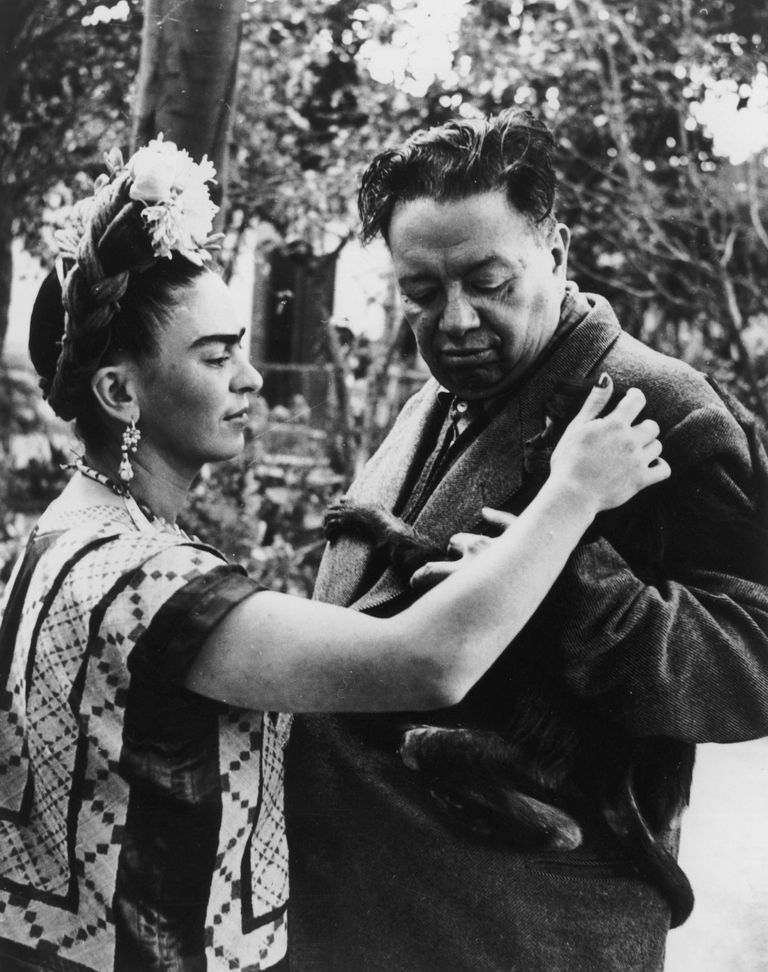 |
Diego Rivera and Frida Kahlo
The talented young Mexican painter Kahlo paid a visit to the studio of famous muralist Rivera in search of career advice. "She had unusual dignity and self-assurance and there was a strange fire in her eyes," he said. Theirs was a volatile relationship, yet Rivera knew from early on that Kahlo "was the most important fact in my life and she would continue to be until she died 27 years later." As for Kahlo, she said, "You deserve a lover who listens when you sing, who supports you when you feel shame and respects your freedom; who flies with you and isn't afraid to fall. You deserve a lover who takes away the lies and brings you hope, coffee, and poetry." |
| 9 | 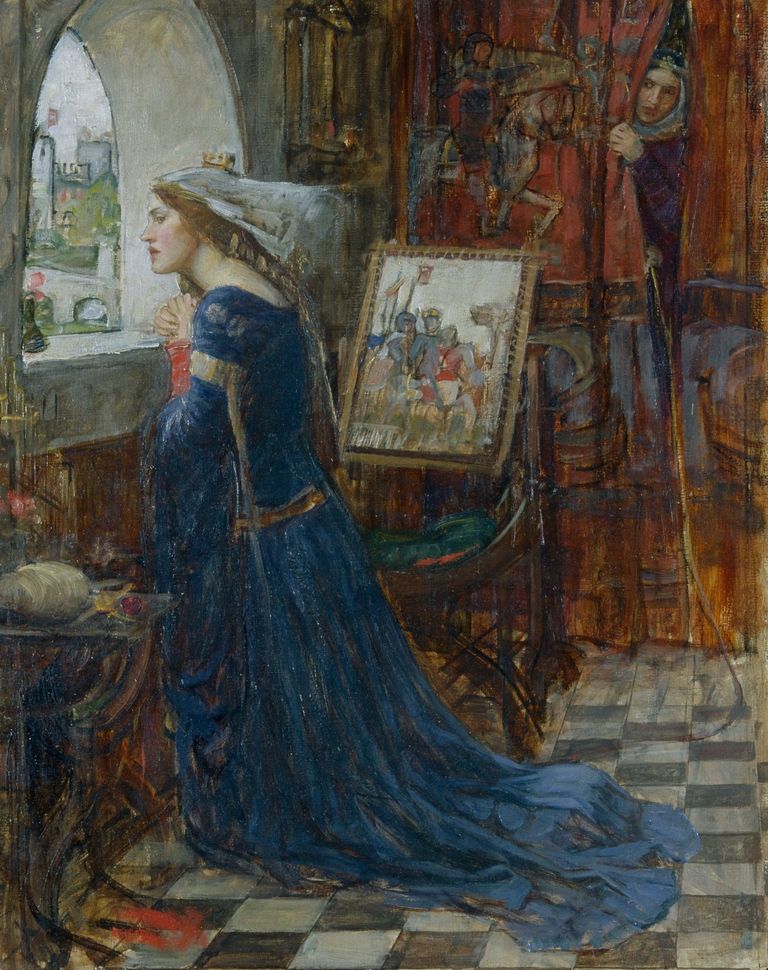 |
Henry II and Rosamund Clifford
The first Plantagenet king of England had a rich, royal wife in Eleanor of Aquitaine and mistresses galore, but the love of his life was "Fair Rosamund," also called the "Rose of the World." To conceal their affair, Henry built a love nest in the innermost recesses of a maze in his park at Woodstock. Nonetheless, the story has it that Queen Eleanor did not rest until she found the labyrinth and traced it to the center, where she uncovered her ravishing rival. The queen offered her death by blade or poison. Rosamund chose the poison. Perhaps not coincidentally, Henry kept Eleanor confined in prison for 16 years of their marriage. |
| 8 | 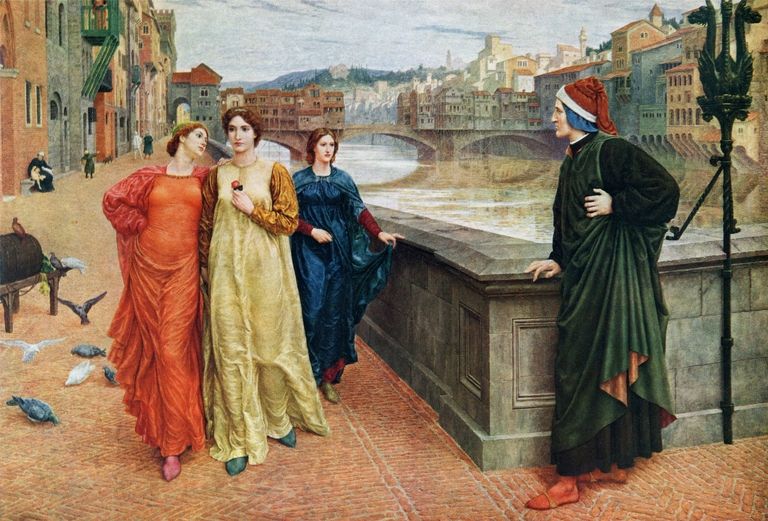 |
Dante and Beatrice
Rarely has a woman served as such profound inspiration for a writer—and yet he barely knew her. The Italian poet Dante Alighieri wrote passionately of Beatrice in the Divine Comedy and other poems, but only met the object of his affection twice. The first time, he was nine years old and she was eight. The second time, they were adults, and while walking on the street in Florence, Beatrice, an emerald-eyed beauty, turned and greeted Dante before continuing on her way. Beatrice died at age 24 in 1290 without Dante ever seeing her again. Nonetheless, she was "the glorious lady of my mind," he wrote, and "she is my beatitude, the destroyer of all vices and the queen of virtue, salvation." |
| 7 | 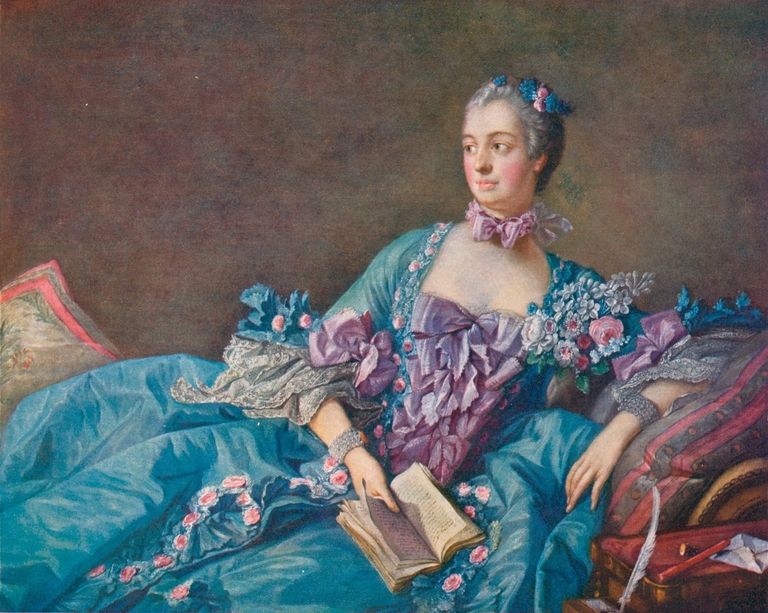 |
Louis XV of France and Madame de Pompadour
In 1730 a Parisian prophetess told a nine-year-old girl she would rule the heart of a king. Years later, at a masked ball, Jeanne Antoinette Poisson, dressed as a domino, danced with King Louis XV, dressed as a tree. Within weeks, the delicate beauty was maîtresse-en-titre, given the title Marquise de Pompadour. "Any man would have wanted her as his mistress," said another male admirer. The couple indulged in their love of art, furniture, and porcelain, with Madame de Pompadour arranging for her jaded royal lover small dinner parties and amateur theatricals in which she would star (of course). While watching one play, Louis XV declared, "You are the most delicious woman in France," before sweeping her out of the room. |
| 6 | 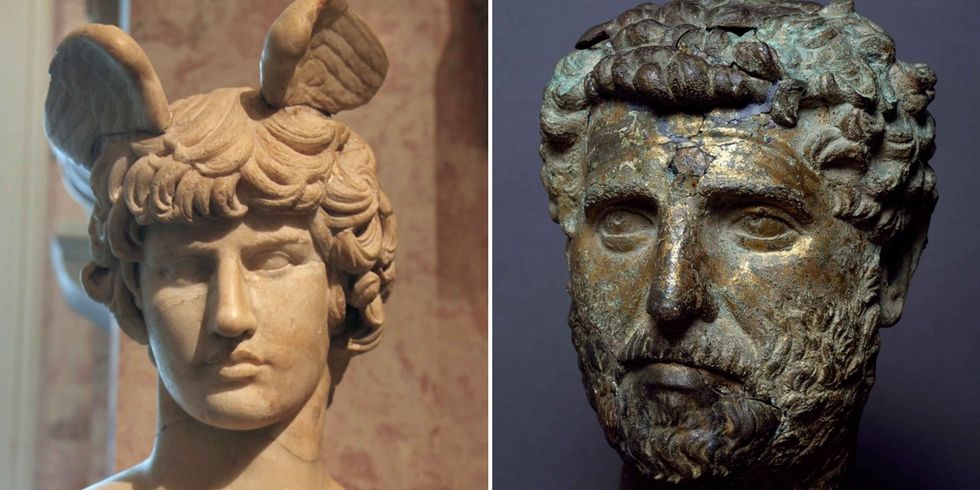 |
Hadrian and Antinous
We've heard of the Wall—no, not that one, the 2nd Century AD one stretching across England—but what about Emperor Hadrian's heart? He lost it to Antinous (far left), an intelligent and sports-loving Greek student. The emperor displayed "an obsessive craving for his presence." The two traveled together, pursuing their love of hunting; Hadrian once saved his lover's life during a lion hunt. The emperor even wrote erotic poetry. While visiting the Nile, Antinous drowned mysteriously, some say murdered by those jealous of the emperor's devotion. The devastated Hadrian proclaimed Antinous a deity, ordered a city be built in his honor, and named a star after him, between the Eagle and the Zodiac. |
| 5 |  |
Anne Boleyn and Henry VIII
When the Tudor king fell for a young lady-in-waiting, Anne Boleyn, who possessed eyes "black and beautiful," he was long married to a Spanish princess. But Anne refused to be a royal mistress, and the king rocked the Western world to win his divorce and make Anne queen. Ambassadors could not believe how enslaved the king was by his love for Anne. "This accursed Anne has her foot in the stirrup," complained the Spanish emissary. To comprehend the king's passion, one need only read his 16th century love letters, revealing his torment over how elusive she remained: "I beg to know expressly your intention touching the love between us…having been more than a year wounded by the dart of love, and not yet sure whether I shall fail or find a place in your affection." (Their love affair ended when he had her beheaded.) |
| 4 | 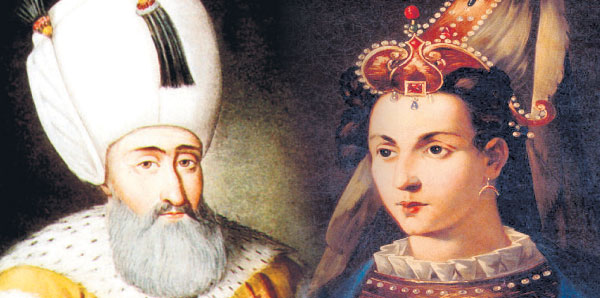 |
Hurrem and Sultan Suleyman
Hürrem was a self-made woman who excelled in her role as the supportive and assertive wife of the most powerful man of the age. Her personality can be best studied in the letters she wrote to her husband when he was away on military campaigns. (Süleyman undertook more than a dozen campaigns in both Eastern Europe and western Asia during his lifetime and was often on the road for months at a time). In one instance, she requests “something called cologne” which she heard was quite popular, referring to perfume from the German city of Cologne which was the rage in Europe at the time. As the wife of the sultan, she felt confident and assured enough to send a letter to the new king of Poland (who was Süleyman’s ally), congratulating him on his accession. Hürrem died in 1558 of an unclear sickness. During her nearly fifty-year marriage to Süleyman, she gave birth to five sons and one daughter. Three of her sons died during her lifetime; the remaining two fought for the throne, and one survived to become Sultan Selim II (reigned 1566-74). The most illustrious of her children was her daughter Mihrimah Sultan, who inherited her mother’s high intelligence, shrewd personality, and strong interest in patronage. |
| 3 |  |
Cleopatra and Mark Antony
"Brilliant to look upon and to listen to, with the power to subjugate everyone." That was the description of Cleopatra, queen of Egypt. She could have had anything or anyone she wanted, but she fell passionately in love with the Roman General Mark Antony. As Shakespeare depicts it, their relationship was volatile ("Fool! Don't you see now that I could have poisoned you a hundred times had I been able to live without you," Cleopatra said) but after they risked all in a war on Rome and lost, they chose to die together in 30 BC. "I will be a bridegroom in my death, and run into it as to a lover's bed," said Antony. And Cleopatra followed, by clasping a poisonous asp to her breast. |
| 2 |  |
Shah Jahan (Prince Khurram) and Mumtaz Mahal (Arjumand Banu Begum)
It was in the year 1628 that Shah Jahan became the Emperor and entrusted Arjumand Banu with the royal seal. He also bestowed her with the title of Mumtaz Mahal, meaning the "Jewel of the Palace". Though Shah Jahan had other wives also, but, Mumtaz Mahal was his favorite and accompanied him everywhere, even on military campaigns. In the year 1631, when Mumtaz Mahal was giving birth to their 14th child, she died due to some complications. While Mumtaz was on her deathbed, Shah Jahan promised her that he would never remarry and will build the richest mausoleum over her grave. It is said that Shah Jahan was so heartbroken after her death that he ordered the court into mourning for two years. Sometime after her death, Shah Jahan undertook the task of erecting the world's most beautiful monument in the memory of his beloved. It took 22 years and the labor of 22,000 workers to construct the monument. When Shah Jahan died in 1666, his body was placed in a tomb next to the tomb of Mumtaz Mahal. This magnificent monument came to be known as "Taj Mahal" and now counts amongst the Seven Wonders of the World. This is the true story of the Taj Mahal of India, which has mesmerized many people with its bewitching beauty. |
| 1 | 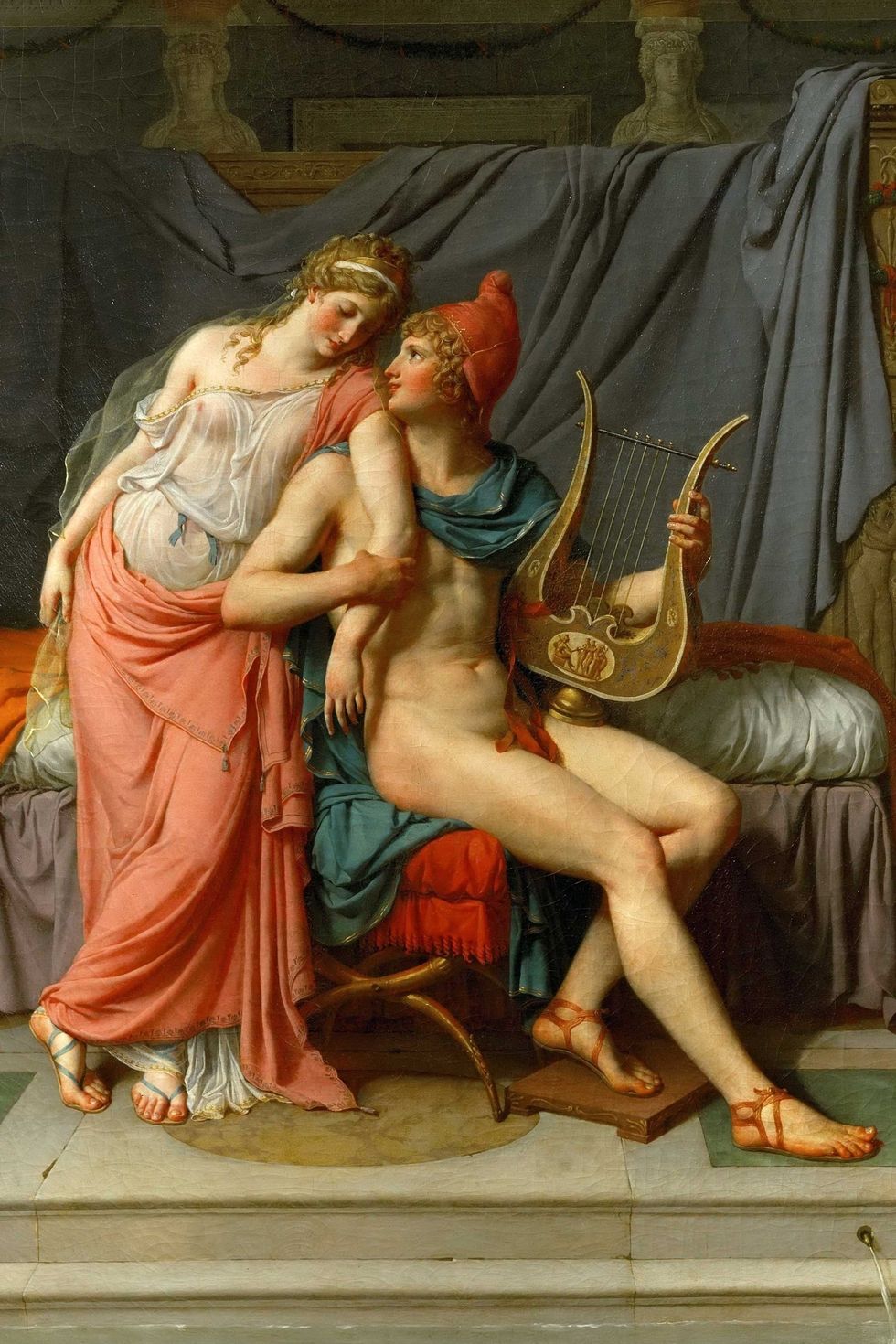 |
Paris and Helen
Helen was another man's wife, but when Paris, the "handsome, woman-mad" prince of Troy, saw Helen, the woman whom Aphrodite proclaimed the most beautiful in the world, he had to have her. Helen and Paris ran off together, setting in motion the decade-long Trojan War. According to myth, Helen was half-divine, the daughter of Queen Leda and the God Zeus, who transformed into a swan to seduce the queen. Whether Helen actually existed, we'll never know, but her romantic part in the greatest epic of all time can never be forgotten. She will forever be "the face that launch'd a thousand ships." |